JustiFi's Trust Center
Welcome to JustiFi's Trust Center. Our commitment to privacy and security is key to our successful partnerships. Please use this Trust Center to learn about our controls and find the required certifications to support your security documentation.
Resources
Compliance
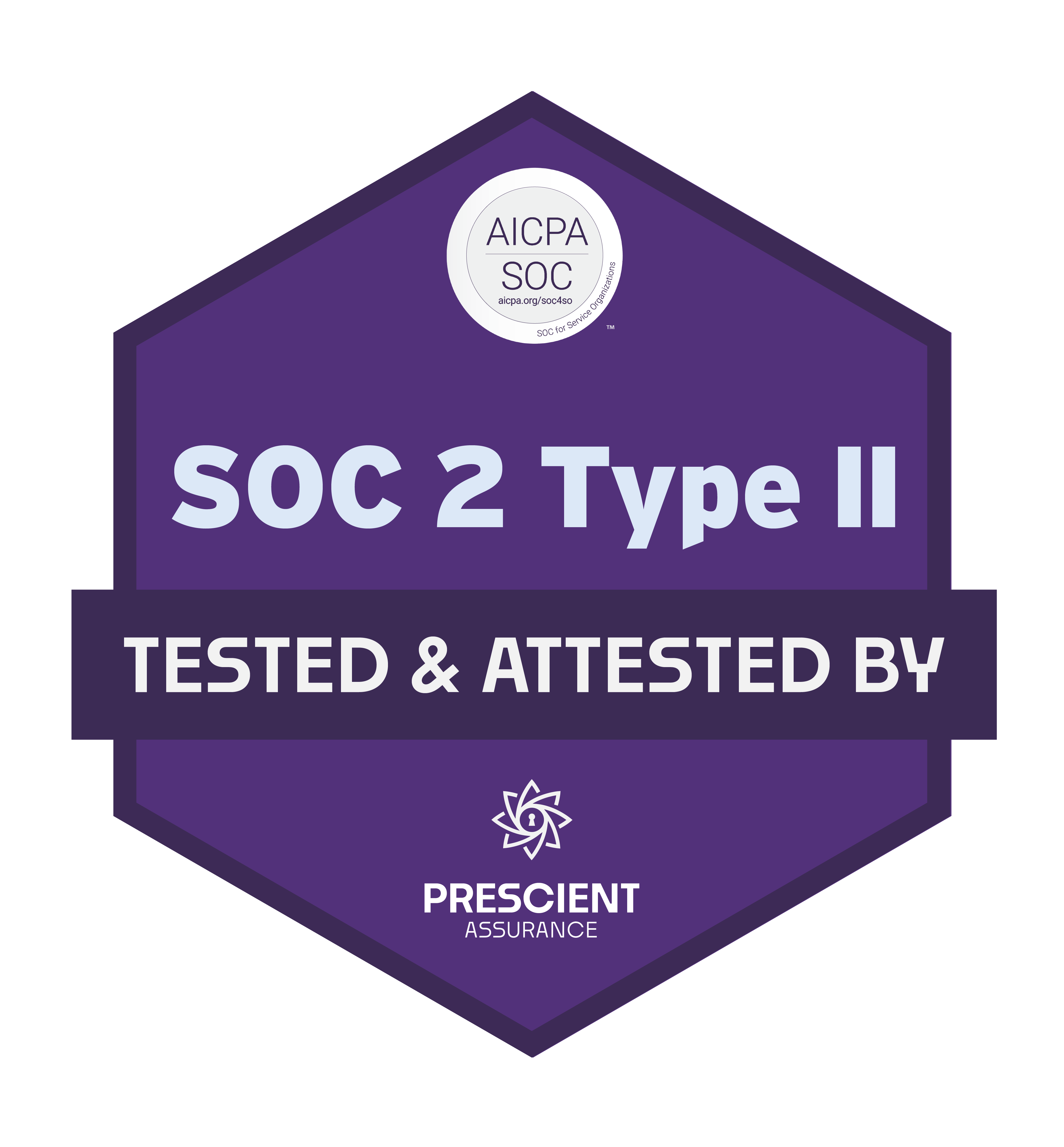
SOC 2 Type 2
PCI

ISO 27701

ISO 27001

SOC 3
Monitoring
Continuously monitored by Secureframe
Subprocessors
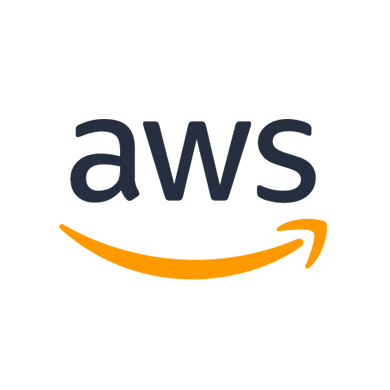
Amazon Web Services, Inc.
Hosting / Cloud Platform

DataDog
Application Performance Monitoring

Functional Software, Inc. (Sentry)
Error identification, tracking and resolution

Retool, Inc.
Customer Provisioning and Administration
ZenDesk
Customer Success Ticketing Solution
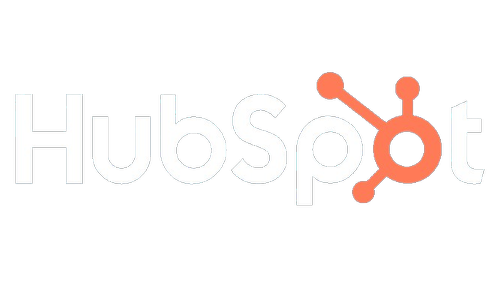
HubSpot
Sales analytics and tracking
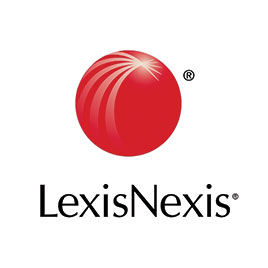
LexisNexis
LexisNexis Risk Solutions FL Inc.
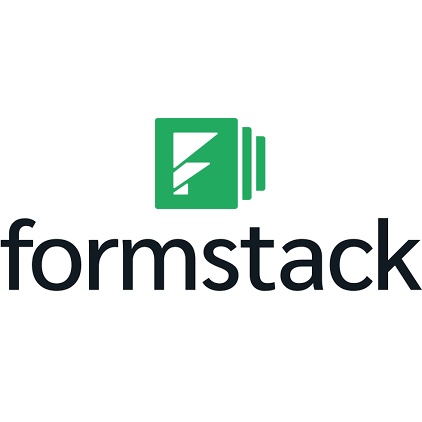
formstack
Secure merchant data collection
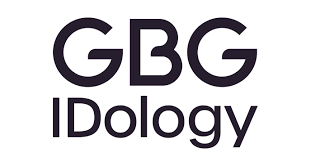
IDology, Inc.
Identity verification
Trust Center Updates
| Published | Update |
|---|---|
| 10/30/2025 | Updated ISO 27001, ISO 27701, PCI Type 1 AOC |
| 11/26/2024 | Updated ISO 27001, ISO 27701, PCI Type 1 AOC, and SOC 3 resources. |
| 09/09/2024 | Update SOC 2 Attestation to 2024 review period |
| 07/09/2024 |
|
| 05/01/2024 | Initial posting of JustiFi's Subprocessors |
